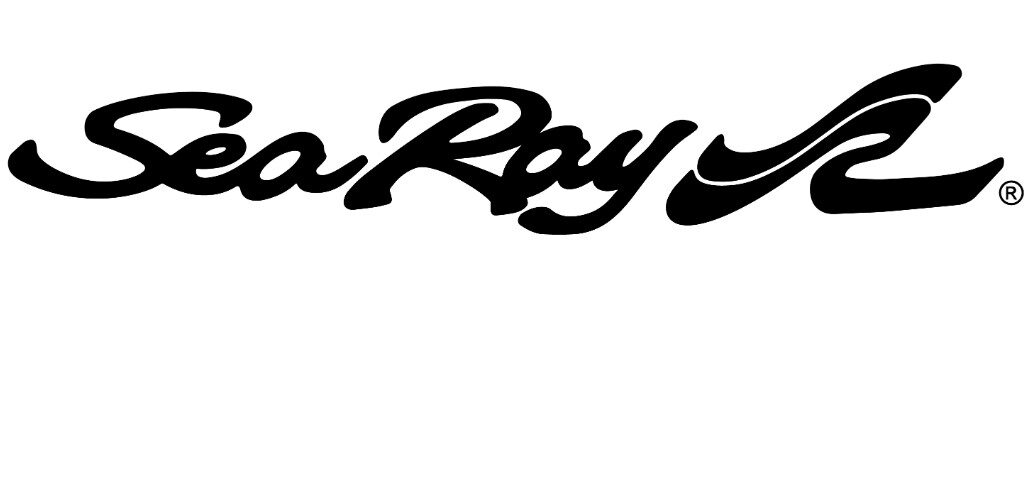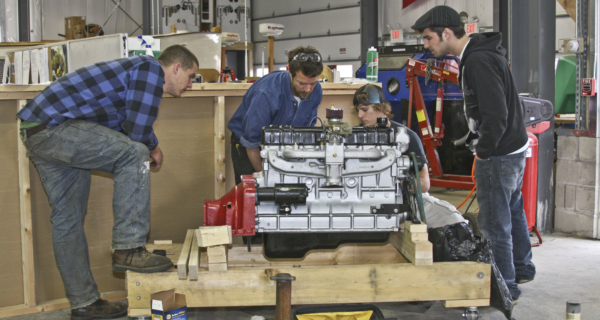Canvas, fabric makers expect market to grow
The days of the musty, beige boat cover that began to rot seconds after it first met moisture are long gone.
Synthetic fabrics and microporous membranes are helping companies in the canvas and fabrics segment of the boating industry offer consumers what they have long wanted in boat covers and other types of marine fabrics – choice.
But as product selection expands for the customer, so too does opportunity for manufacturers and suppliers. And many are taking advantage it.
2004 Outlook
Optimism for the 2004 fiscal year is high amongst those who work in the canvas/fabrics segment – and justifiably so.
A recent report produced by Industrial Fabrics Association International – a not-for-profit trade association that represents the specialty fabrics marketplace – said marine fabricators and suppliers are “optimistic that impr-oved consumer confidence will lead to a 6 to 8 percent increase in their markets in 2004.”
The IFAI says gains in regions like the Southeast could be even higher, in the range of 8 to 10 percent, due to the longer boating season.
Those findings seem to echo what companies in the business of marine canvas/fabrics are saying, all of which seem upbeat about the upcoming year.
Richard Yale, sales manager for Missouri’s MarChem Coated Fabrics, Inc. – which offers its fabrics in the marine OEM, catalog and aftermarket segments – believes “moderate growth” is in store for the canvas/fabrics sector in 2004.
“The marine canvas/fabrics business appears to be fairly strong right now. This business has come almost all the way back from 2001, when high profile marine bankruptcies and a generally weak economy set the industry back and stopped the annual growth pattern,” Yale says.
Shuford Mills, makers of the OUTDURA fabric – which some companies use to make boat covers and tops – has seen its sales double each of its four years in the marine market. And the company, which has been in the textile business for over 100 years, is also optimistic about the rest of the year.
“We are very excited about the balance of 2004 and beyond,” says Jeff Jimison, OUTDURA sales manager. “Everyone we sell to reports strong demand for their products and says it is the best they’ve seen in several years. This includes OEM’s fabricators and suppliers to the aftermarket.”
Choice and Opportunity
Jimison says Shuford Mills plans to introduce a fabric this year that will “raise the bar” on what is now available in the marketplace. And he believes the canvas/fabrics segment is, as he puts it, “on the cusp of seeing some fabrics that might be considered revolutionary.”
In fact, many companies are still seeking the kind of product that has just the right blend of what Kappler’s Grant DeMuth calls “the four key components” to a great marine fabric.
A fabric must be waterproof, breathable and lightweight, yet retain its strength, according to DeMuth, who also throws in a fifth attribute (availability in a multitude of different colors) for good measure.
DeMuth is Kappler’s business development manager for the marine market, and his company is also a relative newcomer to the canvas/fabrics segment, having gotten its start as a manufacturer of protective apparel. But like Shuford Mills, Kappler recognized potential in the combination of its technological know-how and a marketplace still wide open to innovation.
“There is a lot of opportunity,” says DeMuth. “What we see on the horizon is a company like ourselves that brings the technology of the industrial market, and our successes there, into the marine market.”
DeMuth says that when his company looks at the canvas/fabrics portion of the boating industry, what it sees is a large market dominated by relatively few companies, all still trying to find a fabric that will meet everyone’s needs.
Kappler has had success with its DuraVent fabric, which is used in making boat covers. The fabric is waterproof, yet still breathable, and employs microporous holes too small to allow water droplets to pass through, but big enough to allow water vapor to escape.
DeMuth thinks Kappler is on track to bring another product with the same attributes to the marketplace within the year.
It’s a very thin membrane that “is truly waterproof and breathable. It’s a film that needs to be laminated to a fabric and offers durability and different color options,” DeMuth explains.
Kappler has been developing the product for about one year, and has been working with the Shuford Mills, and some other companies DeMuth declines to name, to find a material that the membrane can be laminated to most successfully.
In what might best be described as the sixth key component for a great marine fabric, Kappler is also working to reach the proper price points for its customers.
“You can make the best dog food in the world, but if a dog doesn’t eat it, what good does it do you?” DeMuth comments. “If a customer doesn’t buy [our product] because it’s $40 a yard, it doesn’t do us any good.”
The Internet: A double-edged sword?
Customer choice is very much on the mind of Taylor Made Products President Jason Pajonk.
His company – which says it is the No. 1 supplier of aftermarket products, windshield systems, air conditioning and refrigeration systems to the marine market – also offers boat covers and Bimini tops.
With an online fit guide and Web site that allows consumers to select from over 64,000 custom boat-cover combinations, Pajonk says the Internet has given his company the newfound flexibility it needs to offer consumers the range of choices they demand.
“The Internet allows us to offer a lot of choices without offering the finished goods,” Pajonk said. “It changes the way you do business.”
Of course, the Internet also allows customers to shop around as they’ve never been able to before, and can therefore be viewed as a threat by companies content to neglect the opportunities afforded by an online presence.
But those companies appear to be the exception rather than the rule in the canvas/fabric segment, which seems largely to have embraced the new technology rather than fight it.
“The boater is becoming more educated, and there’s more information out there. The customers’ expectations for quality have gone up exponentially,” says Rich Lippert, manufacturing director for marine fabric manufacturer John Boyle. “Our workload [in the industry] has become greater, but the opportunity is something we need to seize on. [More information] is a good thing. Ultimately, I think it will grow boating.”
Jimison agrees.
The industry needs choices and multiple suppliers of components,” he says. “Everyone benefits, from the consumer to the builder, when quality competition exists. It’s important to look at new products and evaluate them for what they bring to the table and not turn a blind eye just because it’s new. It just might be better.”
New products and increased competition are on the way. IFAI said that suppliers and fabricators have noted “a continued increase in the number of new, smaller marine canvas shops.” And the report says many believe those new entrants may be former corporate or manufacturing workers from the industry who lost their jobs during the recent economic downturn.
So the game is on in the canvas/fabrics segment of the industry. If this segment sees the forcasted growth, it remains to be seen which companies will be most adept at capturing that market share. — Jonathan Mohr




